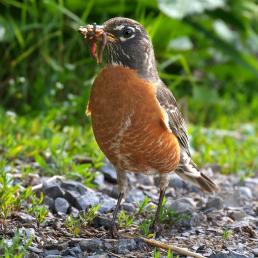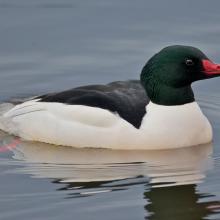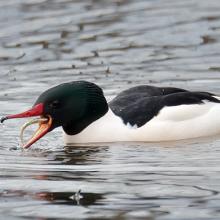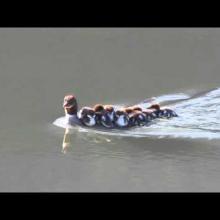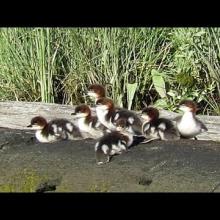

Join BirdNote tomorrow, November 30th!
Illustrator David Sibley and actor H. Jon Benjamin will face off in the bird illustration battle of the century during BirdNote's Year-end Celebration and Auction!
It's winter, but many species of ducks are already preparing for spring.
Nearly all ducks are seasonally monogamous, forming pair bonds with new partners every year. Go to your local pond, lake, or beach during the winter, and you may be lucky enough to see male mergansers, goldeneyes, or Buffleheads, displaying to attract the attention of females. If a female likes what she sees, the two will remain together until they mate the following spring. For migratory species, this requires flying together for hundreds -- or even thousands -- of miles back to their breeding grounds.
Photographer Gregg Thompson spotted a pair of Hooded Mergansers near Seattle, engaging in some pair bonding, including copulation.
From Gregg: I've been spending my time following a group of Hooded Mergansers in a winter flock, about 12-15 males and 3-4 females. Like most ducks, these guys don't like people and move quite as far away as they can. I observed a group of males performing the "crest raising" display.
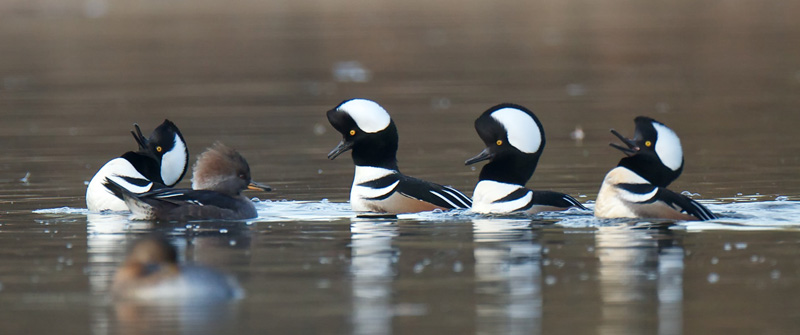
The control of the crest really interested me. I assumed that the raised crest was the main display feature but the males seem to point with the black line at the top of their crest (note the male on the far right).
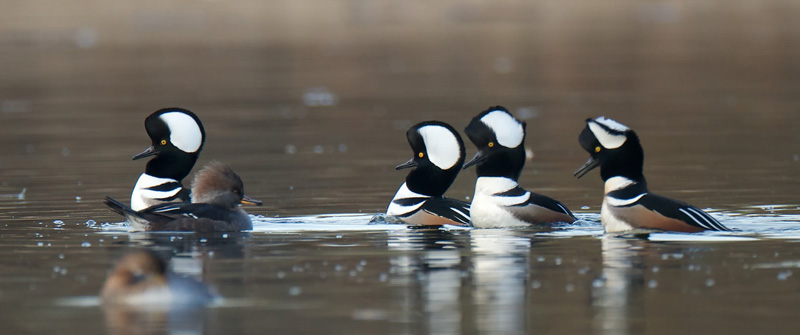
The males would also vocalize, as you can see on the male with the expanded throat to the far left. I think it was really funny how the males seemed to be lined up for inspection by the female.
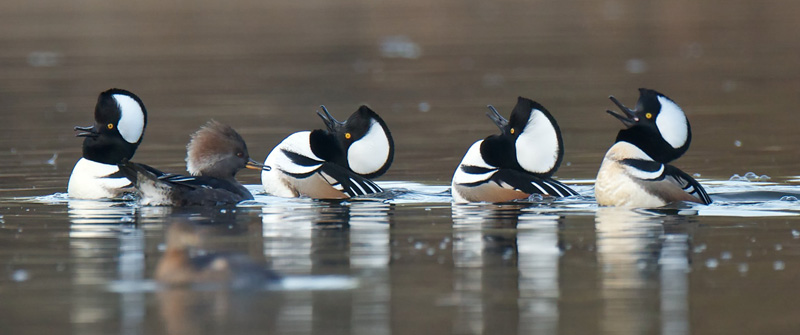
I later noticed this female swimming around in a prone position. She seemed to have picked out this one male and would snap at other males that would approach her.
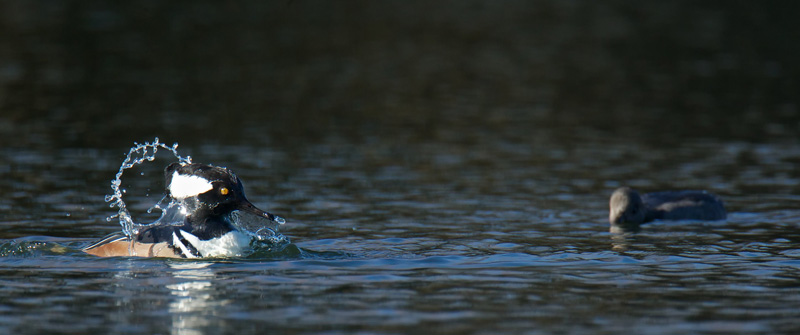
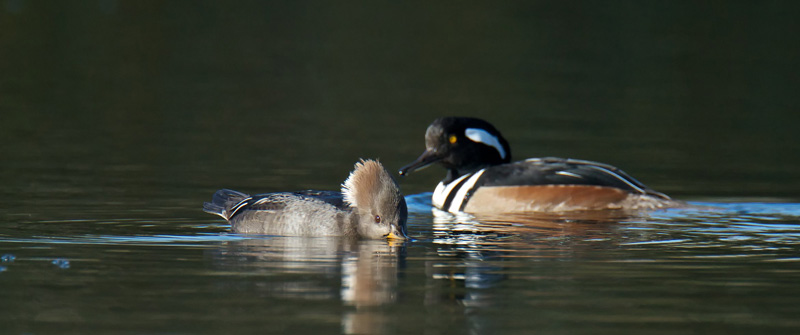
At first, the male didn't seem to get the idea, but then he seemed to start displaying to the female. One of his displays was sort of preening and bathing.
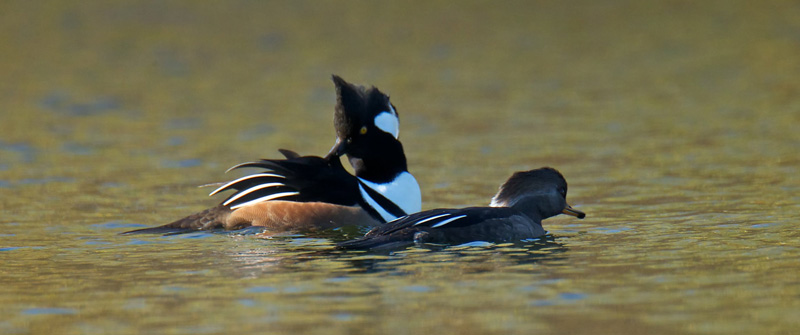
He would also do wing-flapping. At times, he would swim with his bill in the water, sort of dipping it in. This is called "precopulatory water-twitching" or "jabbing."
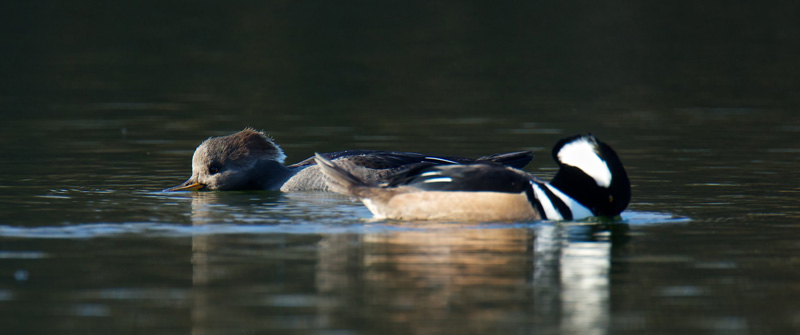
He would also preen behind his wing (or slightly raised wing). This also shows off his white tertials.
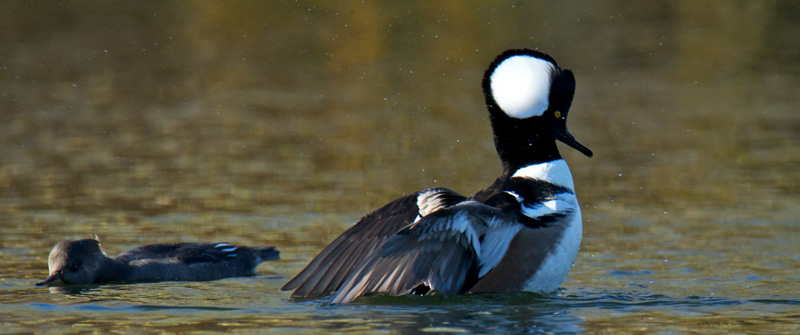
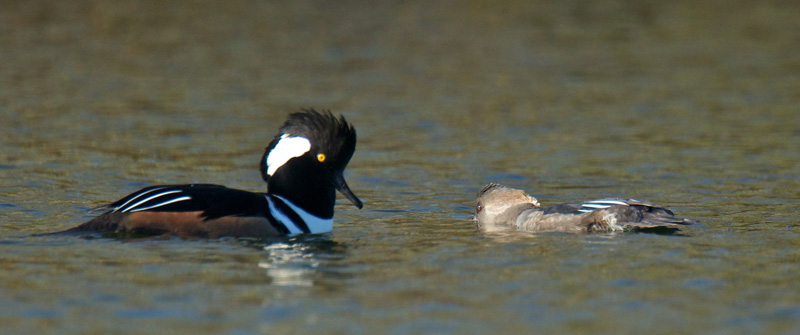
I was surprised to actually see mounting this time of year, but it is probably just pair-bonding.
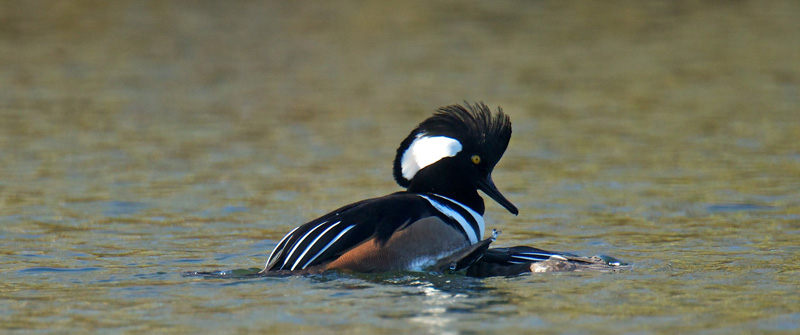
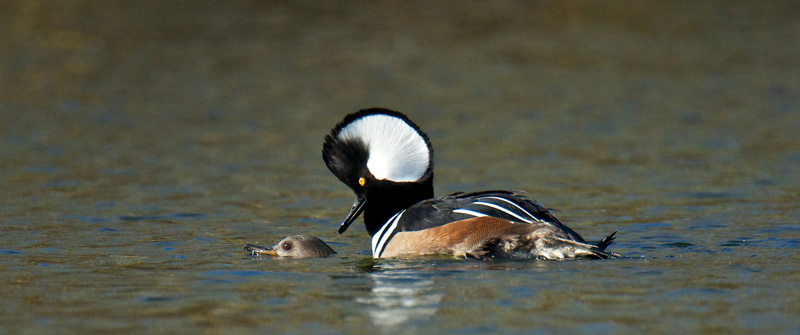
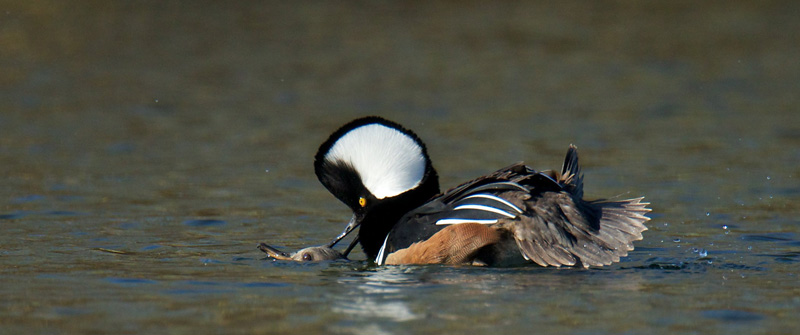
Everything about both the male and females behavior seems to be pretty stereotypic.
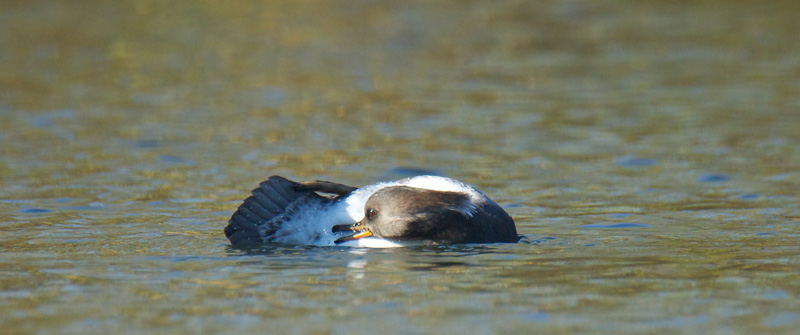
After the copulation, the female swims away and does some cleaning up and then does a wing-raise.
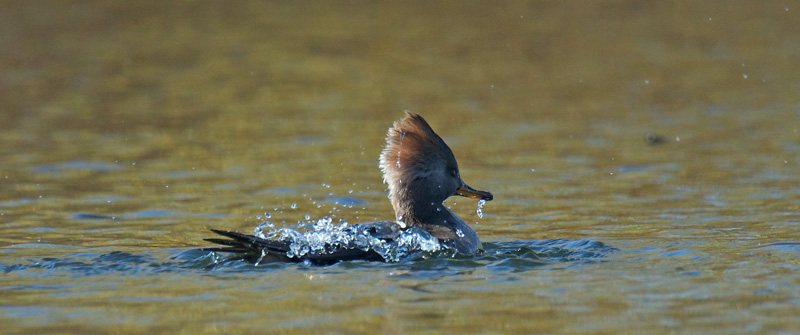
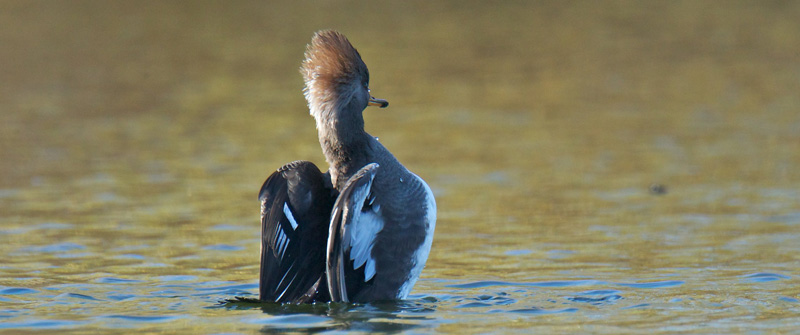
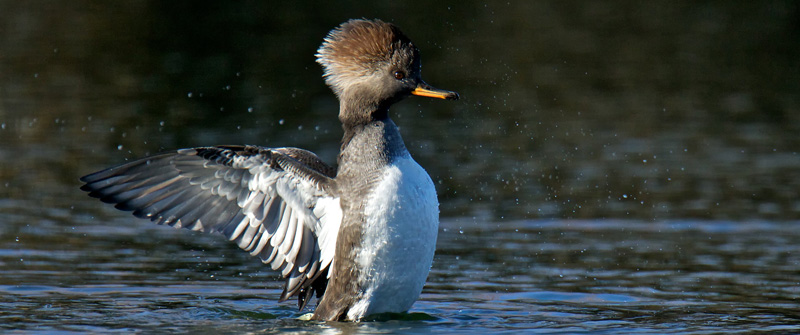
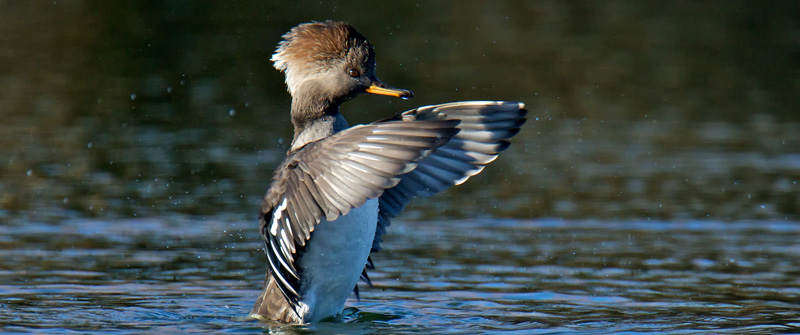
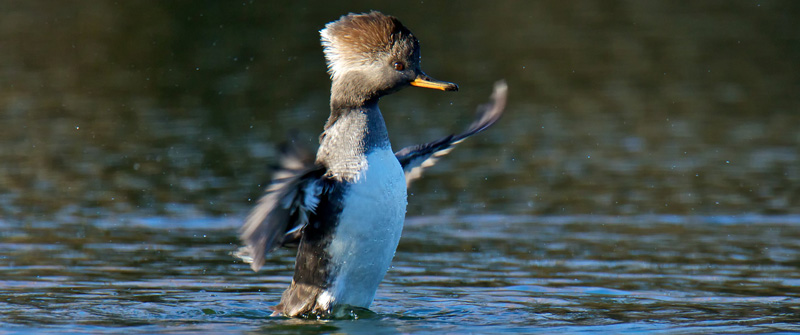
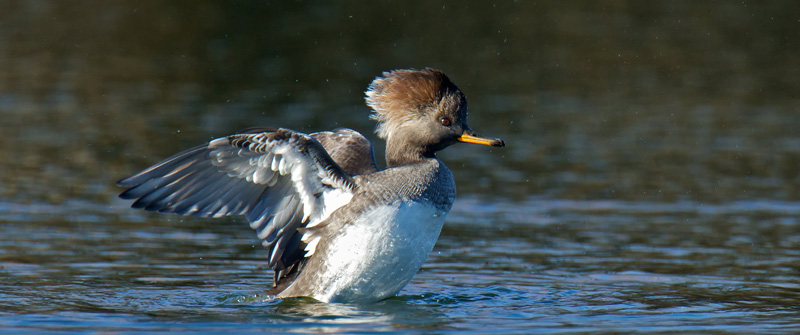
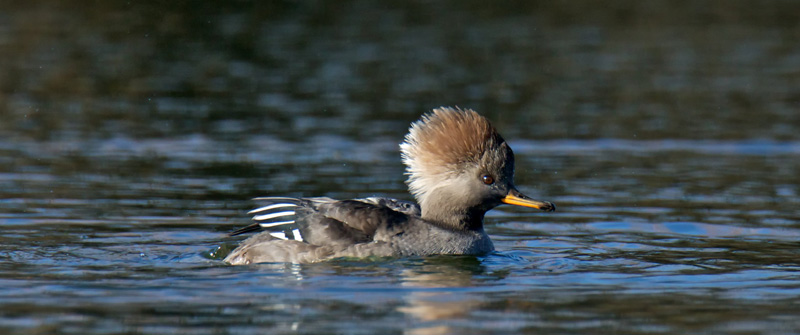
###
All images © Gregg Thompson
Gregg credits Dr. Paul Johnsgard's "Handbook of Waterfowl Behavior" for much of the information contained within this blog.
Read more about waterfowl mating strategies on the Ducks Unlimited website.
